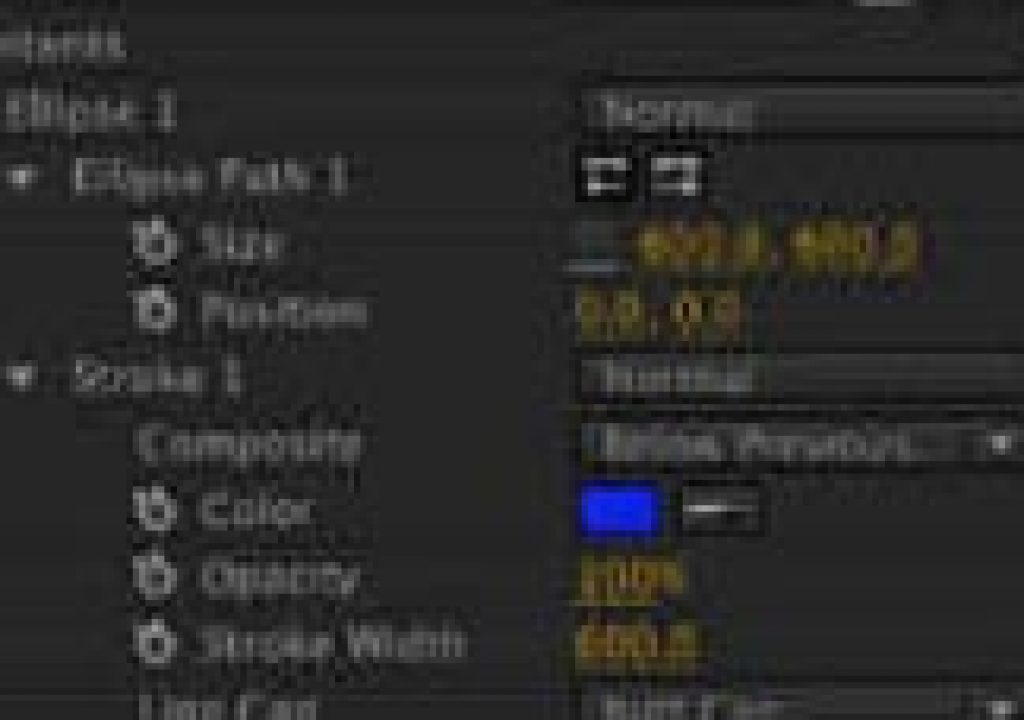There are a variety of ways to get a sunburst effect or radial rays in After Effects, and methods in Illustrator and Photoshop are sometimes similar. Here are some resources on making them.
A few years ago, Todd Kopriva answered a question on how to make radial rays in After Effects with an easily tweakable project and oblique pointers on how you make one on your own. Todd later added another method, “Make a shape layer containing a single big circle. Set the stroke width to be the same as the diameter of the circle. Make the stroke a dashed stroke. Set the dash length to taste.” The technique was inspired by Create a Vibrant 3D Pixel Type Treatment at VectorTuts+ and is more fully explained on Todd's blog.
Hyle, a Swiss Army knife-like script sold at AEscripts.com, automates the creation of a sunburst using a common Shape layer formula.
Laurence Grayson of Shortformvideo later showed how to use Shapes to create a sunburst like Todd Kopriva did in his first blog post. Laurence said he used to use a “complex method to create radial rays (grid+polar coordinates), but there's actually a much easier way to do it!” Here's the video:
Another tutorial appeared just before Todd's, Vector Sunburst from Jon Geddes and Precomposed. This video tutorial includes a download of some Photoshop Shapes, and shows you how to construct a Photoshop Shape and use it in an AE Shape layer. You might miss the animation controls available to AE Shape layers as seen in Todd's examples, but both should have better edges than a similar effect produced in Premiere with the Pinwheel transition.
Yet another approach to building radial rays can be seen in Pinwheel Custom Gradient, this time in Photoshop using the Angle Style in Gradient Fill. Here's photoshopmama to fill you in:
Aharon Rabinowitz also built on the initial version of Todd Kopriva's Radial ray Shape project in Red Giant TV Ep. 36: Create a Psychedelic Background. A 3rd-party filter (or dancing girl) isn't really required; you could just use the somewhat hobbled-by-comparison CC Light Burst instead of Shine.
Also released about the same time was 6-part After Effects tutorial on Youtube by Stephen daimyo2k, Expressions / Illusions, that among many other twists creates a simple optical illusion without keyframes from a radial ray element created with the Polar Coordinates filter. The money section is part 6:
You could instead use the Venetian Blinds transition to quickly get some stripes, pre-compose, and then use Polar Coordinates, which is what Brad Zimmerman did in Spiral Sunrise at CMD. In the same tutorial Brad also shows a Shape method for AE using just adjusting the points of the star, position, and adding Pucker & Bloat. Another CMD tutorial, Looping Backgrounds: Wiggle Effect, takes the sunburst theme in another direction.
You can even avoid these ways to create sunbursts and use a Sunburst Pack (AE project) available free to AEtuts+ Premium members. It has 17 unique animations and is easy to customize:
Recently, Sebastien Lhomme of Thinkmojo, released something similar, the Sunburst Creator Kit, a free After Effects project (CS4+) that makes it easy to create sunbursts or radial rays with 14 variables. Here's their tutorial, and a preview of the kit:

